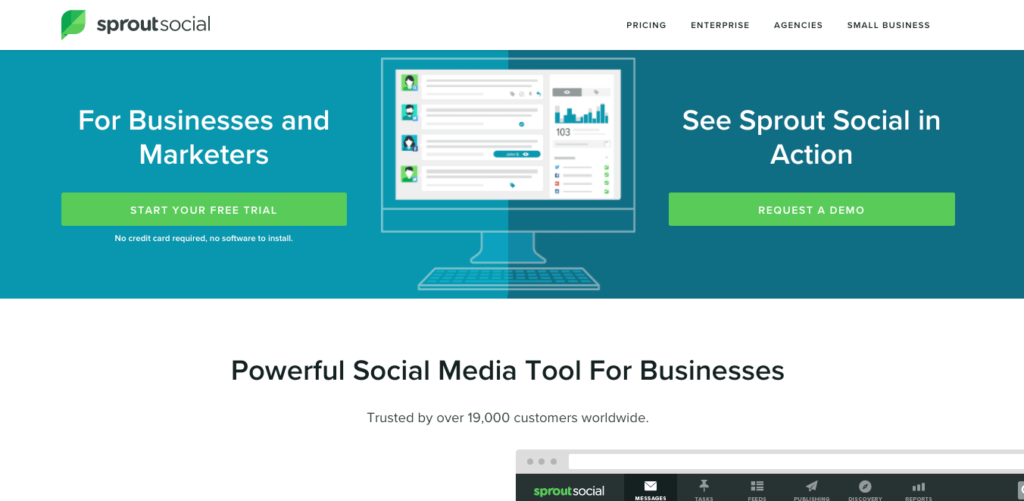Microsites and landing pages are two forms of online marketing tools, each with their own unique uses and benefits. When deciding which one suits your needs, it’s important to understand their differences—and how to leverage their features to meet your business goals.
More about microsites
A microsite, true to its name, is a small mini-website that lives on its own domain and creates a distinct experience for users (usually relating to a single topic). A microsite acts as a hub for your marketing efforts for that particular topic and generally consists of between three and 30 pages.
For example, a property management company with 20 properties might create a unique microsite for each individual property. Each microsite would include a homepage, a gallery page, an “about the property” page and a contact page. This would give prospective buyers a one-stop-shop for the property they’re interested in, cutting down on unnecessary clutter or information they might not need.
The most effective microsites tick a few boxes: they’re interactive, they tell a compelling and concise story, and they offer a call to action (CTA) on each page.
One of our favorite examples of a successful microsite is Spotify’s ‘Your 2017 Wrapped’ site.

The website is completely independent from Spotify.com. Its interactive features give users a personalized experience, allowing each user to listen to his or her favorite songs from the year. The site went viral on social media and increased listenership rates for Spotify’s music streaming service.
The upsides of using microsites:
- You can drive more traffic with easy-to-remember URLs.
- You’ll lower your bounce rate by sharing only content that’s tailored to your campaign.
- You can tell a cohesive story to a single audience in one place.
- Microsites have a robust functionality similar to a website.
The downsides:
- They’re more labor-intensive to set up and maintain than a single landing page.
- Your CTAs can sometimes get lost in the dense content.
- Distributing content across multiple URLs can dilute your main site’s SEO equity.
The lowdown on landing pages
Unlike a microsite, a landing page is a single page that’s connected to your business’ main website but isn’t in the website’s primary navigation. They usually take a format like www.yourdomain.com/landingpage or landingpage.yourdomain.com.
Landing pages convey very specific information to accomplish a single goal. Typically, brands will invite visitors to download a file, fill out a contact form, sign up for a service or free trial, subscribe to a newsletter or purchase a product.
Because landing pages are set up specifically for conversions, they aren’t listed in the navigation to draw traffic from the general website. This allows traffic to be tracked back to a specific source (like social, paid search ads, e-blasts, billboards or other collateral that lists the landing page link).
A great example of a successful landing page is this one for Sprout Social, which was developed specifically for users who click on their Google ads.
The landing page can only be accessed via ad click-through, but it links to other useful resources within the primary Sprout Social website. It also includes concise and relevant info, eye-catching graphics and a clear call to action.
The upsides of using landing pages:
- Set-up is generally quick.
- Landing pages have higher conversion rates than general websites.
- The cost of development is lower than a microsite.
The downsides:
- You’ll need to hone in on one specific audience with very narrow messaging.
- You’ll have limited space and versatility compared to a microsite.
Understanding the difference
So which tool—a microsite or a landing page—is right for your company? The answer: it depends on your audience and business goals.
Do you need an interactive, versatile experience with multiple calls to action? Then a microsite is your best bet. Do you want to drive traffic from ads or another outside source to encourage leads, conversions or downloads? Then a landing page is a great choice for you.
We’re happy to walk you through the pros and cons of landing pages and microsites, and to help you decide which one is right for you. Contact Eyesore today – your digital overflow, rural outsourcing partner.


